|
So, you are driving a big load across the country and you stop at several truck stops along way to refuel… …… everything is fine, and then a fuel filter / water warning light of some form on the dashboard appears and you are forced to pay attention. While not an emergency, it is certainly a concern, particularly to truck owners who hate being down with big repair bills. So, you get out the truck or take it to a mechanic and drain the water. It is usually a pet cock valve on the bottom of the filter, and the water is easily drained into a jar for proper disposal. This no big deal, unless you are having to do it weekly or every 5,000 miles or so. So, you ask your yourself… How did this happen?
To help truck owners avoid such problems, let’s dive a little deeper into the subject water in fuel. Why Is Water Content in Fuel So Bad for My Truck?
How Does Water Build Up in My Tanks? While this can take subject can take up the whole article, we will list a few reasons.
And since, truckers hate to wait around while pumping gas or slow pumps, the fuel is moved at up to 20 gpm per pump. At that flow rate, it is just really hard to block all the water from entering the tank.
Since changes in fuel laws in the mid 2000’s, there has been many changes in fuel chemistry to meet the demands of Alternative / Green Fuel Requirements. The trend of greener fuels such as Bio Diesel will continue and will leave out any discussion or arguments on energy independence or clean air regulations for another day. Due these greener fuels, the makeup has more organics such as corn, sugar, palm leaves, soybeans and animal parts. Many folks run their trucks on refined restaurant cooking oil grease. Those qualities are great for cleaner air, but also create the problem of water bonding to the alcohols, or the water / fuel combination is hydrophilic. This issue, with agitation over long trips creates the cloudy condition. What if My Fuel is Clear, But I Still Have to Drain Water in My Fuel Bowl? In many situations, the water will separate and fall to the bottom. In these cases, you fuel filter may not be able to catch it all, so the water ends up passing onto the fuel injector and combustion chamber and that can mean big trouble down the road. What Are My Options to Control The Water in My Fuel System?
It is a given the engine manufacturer want to sell you their OEM parts. So often, it is difficult to change the filter brand or type you purchase. They do this through special configurations, threads, tools and other means. Fortunately, there is the Magnuson Act which allows for aftermarket parts that won’t void the warranty. So, in choosing an aftermarket filter for water purposes, consider the following.
Yes this takes a little time and money to research, but a whole lot less than a fuel injector job and three days of no work.
Truckers know that being stranded away from home is a terrible experience. So, one way to avoid this in association with fuel problems is to remove water that settles in the tank. The independent / owner operator has several choices.
In a nutshell, it looks like an industrial Tampon and the sock with a rope that is inserted into the truck tank when idle for a day or more. The water will migrate to the sock and absorb into the chemistry. Then pull the sock out and place into a container or let it hang in a garage to air dry. Not all socks are created equal so you will have to consider:
Summary Don’t let water in your fuel system wreck your fuel injectors, schedule, budgets and bottom line. Pay attention to the water in the fuel filter bowl and lights on the dash and then tackle it, before it tackles you. Author: Dan Jenkins is a principal with Steel Camel, a manufacturer and distributor of water control products.
8 Comments
9/13/2022 11:42:54 pm
When Adrian Brown, the founder of Great Northern Tanks (Australian owned Rural Water Tanks) was looking for a tank suitable for his cattle station,
Reply
9/19/2022 03:20:00 am
Oh, that's interesting... Noted. Pay attention to the water in the fuel filter bowl and the lights on the dashboard, and then deal with it before it deals with you.
Reply
12/27/2022 08:52:05 pm
Simply said, the performance of your engine will be impacted by a filthy and waterlogged gasoline filter. The accumulation of water prevents the fuel filter from removing the harmful particles from your gasoline. Your fuel system and engine will become clogged with these particles, resulting in damage to those parts. Making sure you replace this part when necessary is the best method to resolve this problem. If this item's routine maintenance is neglected, the entire fuel system might suffer far greater harm.
Reply
2/10/2023 02:58:14 am
I am reading a blog on this website for the first time, and I would like to tell you that the quality of the content is up to the mark. It is very well written, also helpful information.
Reply
3/6/2023 07:55:09 am
Steel Camel's post on "What's Up with Draining All This Water from My Truck's Fuel Filter Housing?" is an informative post that explains why draining water from your fuel filter housing is important. The author provides a clear explanation of how water can damage your engine and how to drain it from your fuel filter. The comments section is helpful, with readers sharing their own experiences and asking further questions.
Reply
3/8/2023 04:01:59 am
I like how you mentioned that you should remove fuel to provide a proper process of replacing filters. My friend mentioned last night that he was hoping to find marine fuel filters because of the fuel-clogging problem of their vessels. He asked if I had any idea what would be the best option to resolve it. I love this informative article, I'll tell him he can consult the well-known marine equipment company as they can provide information about their equipment.
Reply
3/15/2023 01:49:11 am
This article discusses the importance of keeping a truck's gasoline filter housing dry. The writer does a good job of laying out the rationale for this upkeep and the repercussions of ignoring it. This article is great for time-pressed readers because it gets right to the point.
Reply
9/6/2023 10:49:25 pm
Water security has become a deep concern across Australia, as a result of inadequate dams, expanding population, and the effects of global warming, culminating in frequent catastrophic droughts.
Reply
Leave a Reply. |
�
AuthorIf you have any topics for review, please let us know. Archives
July 2024
Categories |
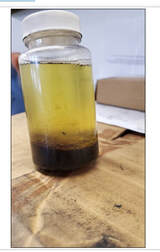
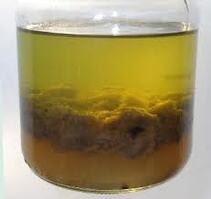
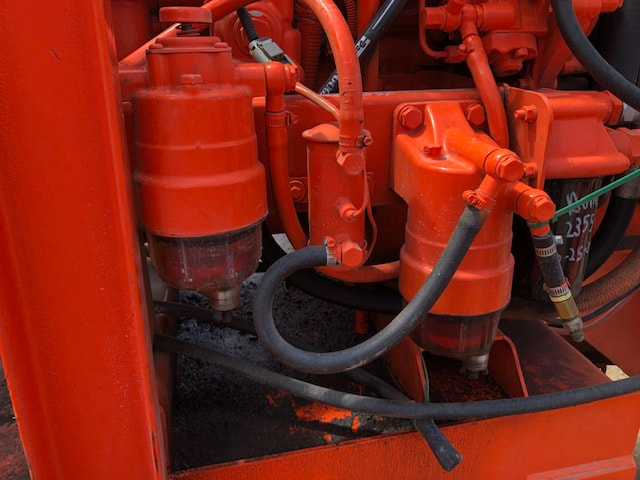
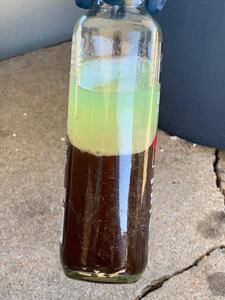
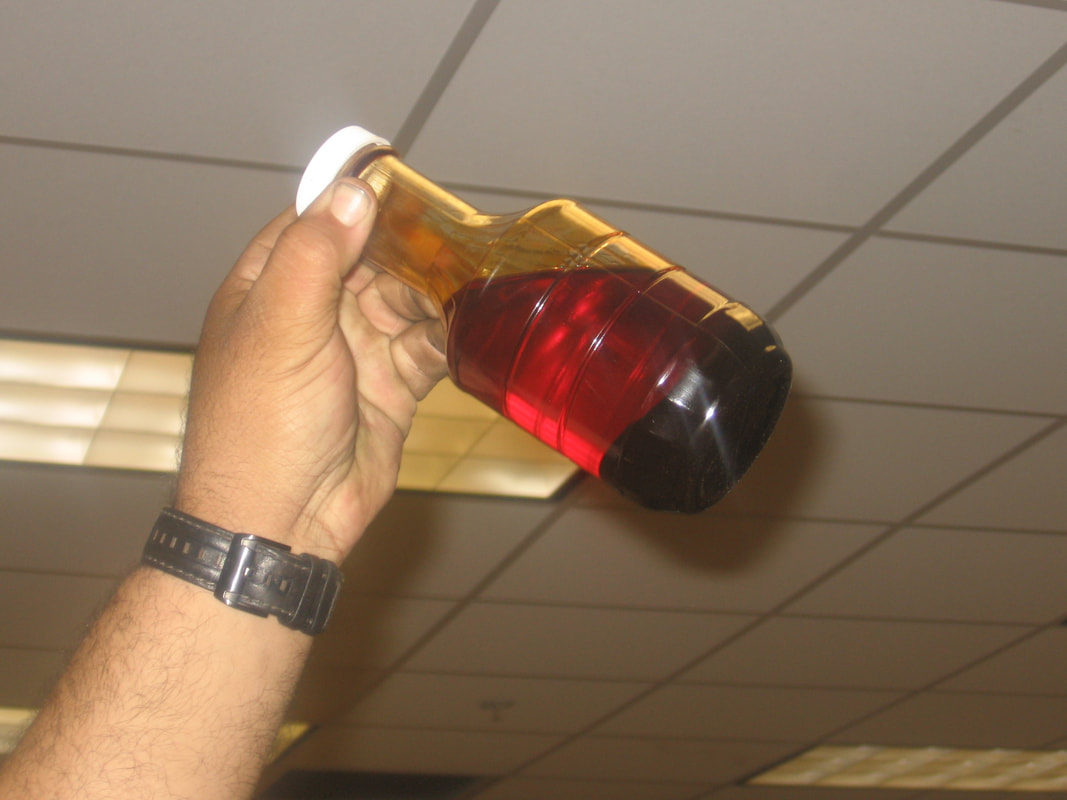
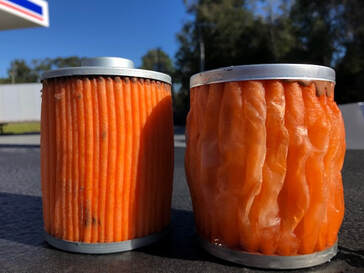
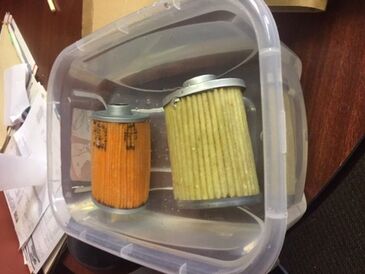
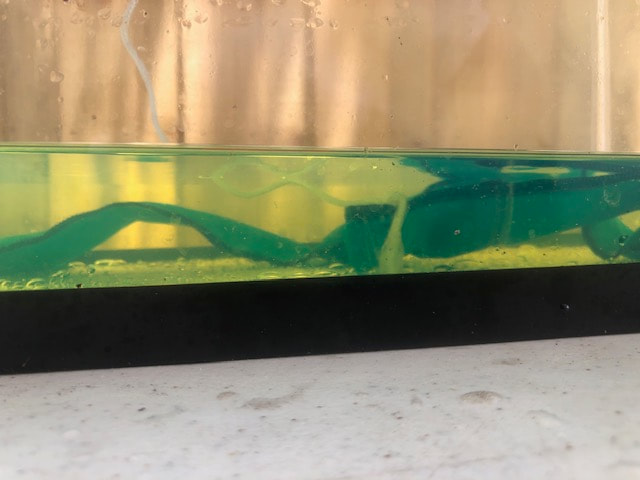


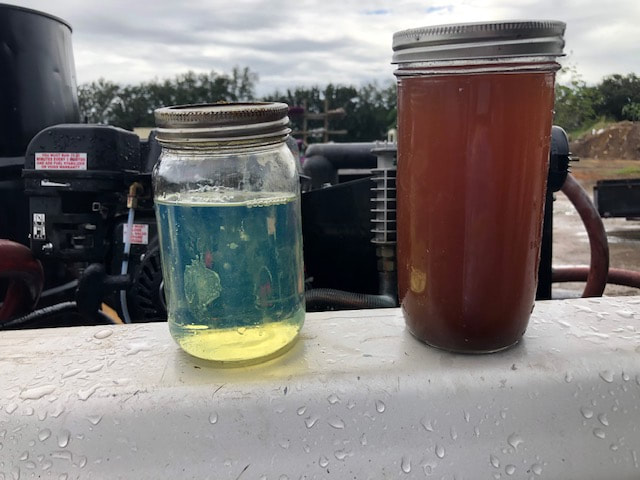
 RSS Feed
RSS Feed